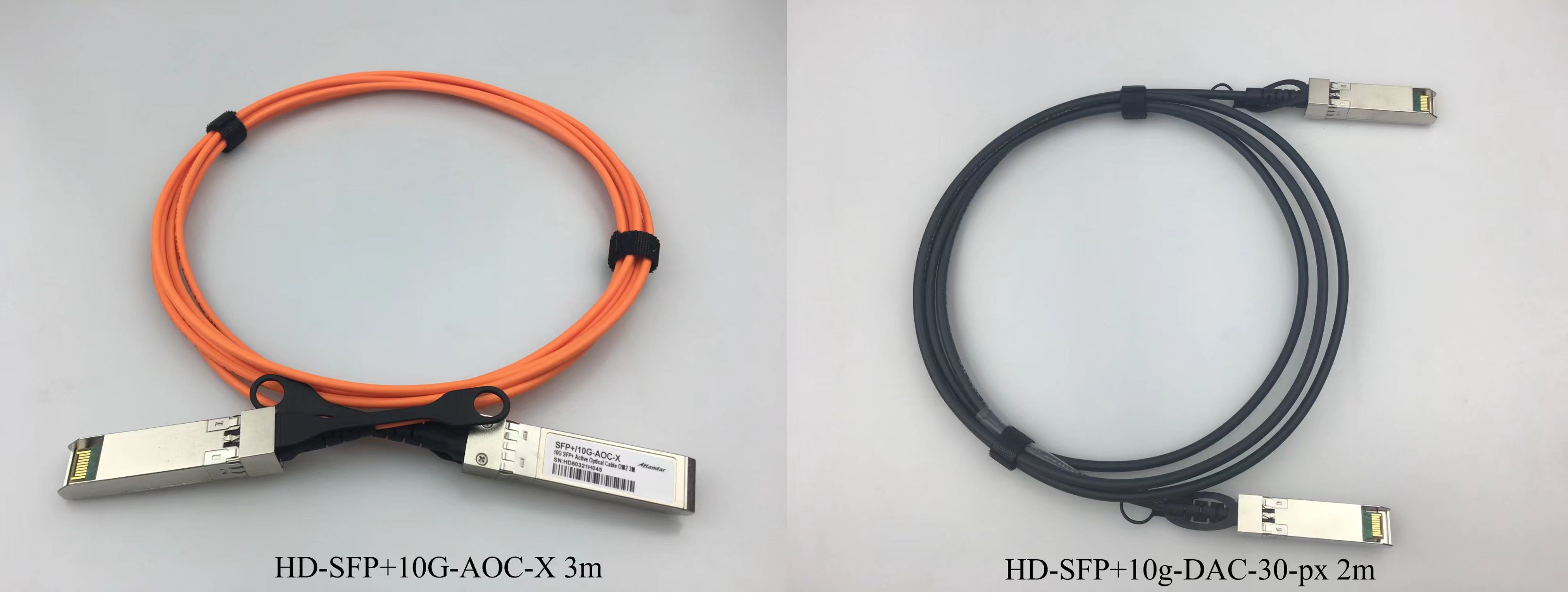Wavelength Division Multiplexing (WDM) in Optical Modules: Key to Future Communication Technologies
2023-10-13(1064)views
As the Information Age unfolds, our demand for high-speed, high-capacity data transmission is steadily increasing. Optical communication technology, particularly Wavelength Division Multiplexing (WDM), has become a critical enabler for meeting this demand. This article delves into the world of WDM within optical modules and explores its potential impact on the future of communication.
The Core Principles of Wavelength Division Multiplexing
Wavelength Division Multiplexing is a sophisticated and powerful technology that allows multiple different wavelengths of light signals to be transmitted over the same optical fiber without interfering with one another. This is achieved by encoding each wavelength as a different frequency or color and then combining them for transmission. At the receiving end, these signals can be easily separated and restored to their original data. The heart of this process lies in allocating and multiplexing different wavelengths to increase transmission capacity.
Applications of Wavelength Division Multiplexing
WDM technology has found widespread application across various communication domains, including:
Long-Distance Communication: In international undersea fiber-optic cable systems, WDM technology facilitates high-speed, long-distance data transmission, connecting the world more closely.
Data Center Interconnect: Data centers require high-capacity interconnectivity to support cloud computing, big data analytics, and machine learning applications. WDM technology provides an efficient solution.
Wireless Communication: In mobile communication, WDM technology can deliver faster data rates and more stable connections, improving the user experience.
Satellite Communication: Satellite communication systems also benefit from WDM technology, offering greater bandwidth to support broadcasting, internet connectivity, and emergency communications.
Optically Intensive Applications: Optical networking applications such as high-definition video streaming, virtual reality, and the Internet of Things (IoT) also stand to gain from WDM, providing exceptional performance and reliability.
Future Outlook
The future outlook for Wavelength Division Multiplexing is exciting. With ongoing technological advancements, we can expect higher wavelength densities, faster data transmission speeds, and increased capacity. Furthermore, WDM will continue to drive innovation in the field of communication, including 5G communication, photonic computing, and enhanced network security.
In the future, WDM technology will remain a critical link to connect our world. It will not only provide faster data transmission speeds but also fuel advancements in wireless communication, cloud computing, and various emerging technologies, paving the way for the future of communication.
Latest News
-

Spring Festival Holiday Notice
Dear Valued Customers and Partners,As the Spring Festival ap...
-

What is Sora, and what new impact will it have on the intelligence field?
Sora AI, a groundbreaking system, revolutionizes video creat...
-

Whandar 2024 Spring Festival Holiday Notice
SFP supplier in Shenzhen
-

Understanding the Differences between AOC and DAC Cables
We aremanufacturers of optical module,fiber optic transceive...
0755-86654236
Phone:0755-86654236
Telephone:
Fax:0755-86654231-869
Email:sales@huahanda.com
Address:4th Floor, Building 4, Xusheng Xifa B Industrial Zone, Yintian Gonghe Industrial Road, Xixiang Town, Baoan District, Shenzhen


 sales@huahanda.com
sales@huahanda.com 0755-86654236
0755-86654236